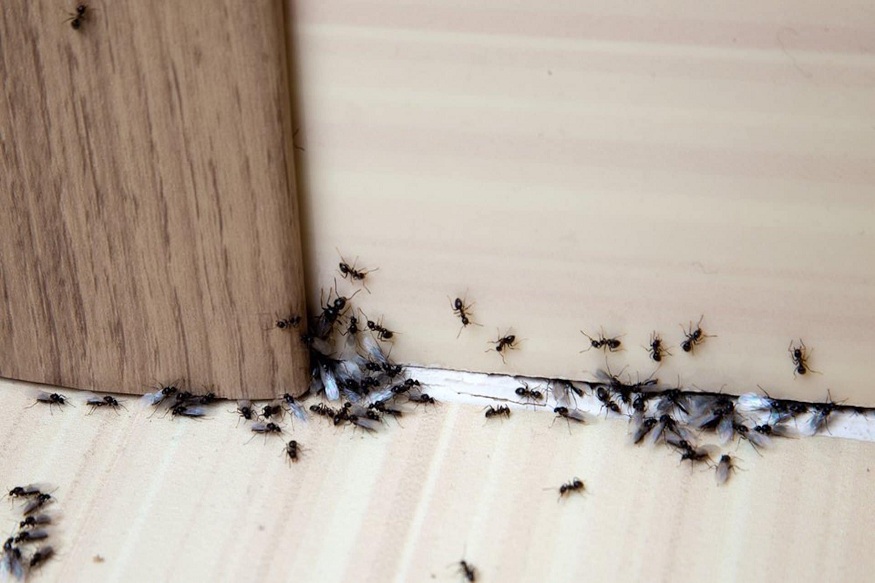What Are Dust Mites And How Are They Affecting Your Health?
Dust mites may be small, but they are not harmless. Dust mites are tiny creatures that love warm, moist places to hide in your home — and your bedding is a favorite hiding place. These small mites feed on dead human skin and are often found in bedding, upholstered furniture and carpeting. Even though the dust mites don’t bite or burrow, waste and corpses of the creatures are strong allergens that can induce respiratory issues such as sneezing, runny nose, asthma and eczema. Dust mites are an indoor health hazard year-round for allergy sufferers in Central Indiana, and they tend to be a little more prevalent during the cooler months when the windows are closed and people spend more time indoors. For more contact here pointepestcontrol.net.
Why Indianapolis Houses Are Susceptible to Dust Mites
The Indy weather – hot and muggy in the summer and cold in the winter – is perfect for dust mites, who love the indoors. Houses are well-insulated, and any heating system used in the fall and winter can make the air dry — which can promote the accumulation of dust. Older homes in places like Broad Ripple, Irvington or Fountain Square might also have aging carpets, drapes or mattresses that can gather dust mites as the years tick by. Those who have pets or who regularly carry dirt and other allergens from the great outdoors into the home could unwittingly be part of the problem. Knowledge of these risk factors is crucial for successful allergen reduction strategies.
How to Know If You Have a Dust Mite Allergy
Symptoms of dust mite allergy can easily be confused with those of the common cold or seasonal allergies. Those symptoms include sneezing, watery eyes, a runny nose, coughing and itchy skin. Those with asthma may also notice more wheezing or find it hard to breathe within a house. Unlike pollen allergies, which are seasonal, dust mite reactions can cause symptoms year-round or get worse in the fall and winter months. So, if you or your family members suffer from constant symptoms at home, particularly at night in the bedroom, then it may be time to assess the air we’re breathing in our home and speak with an allergy specialist for a professional diagnosis.
Dust mite test kits are also available for use at home. These kits can help you determine the extent of the infestation by analyzing dust samples for allergen levels. However, bear in mind that sensitive people may still experience allergic reactions even if the dust mite count is low.
Successful Methods to Eliminate Dust Mites and Indoor Allergens
Luckily, there are some simple measures homeowners in Indianapolis can implement to reduce those indoor triggers and limit dust mites. Begin by covering pillows, mattresses and box springs with allergen-proof covers, and laundering all bedding weekly in hot water (130° F or higher). Use a dehumidifier in your home and ensure proper ventilation in your bathrooms and kitchens to lower humidity indoors. Remove wall-to-wall carpet when it’s convenient and use a vacuum with a HEPA filter. Consistent dusting with a wet cloth and reduced clutter will also curb the build-up of dust.
When to Call a Professional
If you’ve made the effort to improve air quality in your home and you’re still suffering from persistent allergy symptoms, it may be time to visit a local allergist or consider hiring a professional cleaning service. A few Indianapolis exterminators also deal with evidence of allergens and can advise you on how to kill dust mites. Air cleaners and duct cleaning may well be a good investment. Taking these measures can help you make your home a cleaner, healthier place to live — and give you peace of mind year-round here in Indianapolis.




